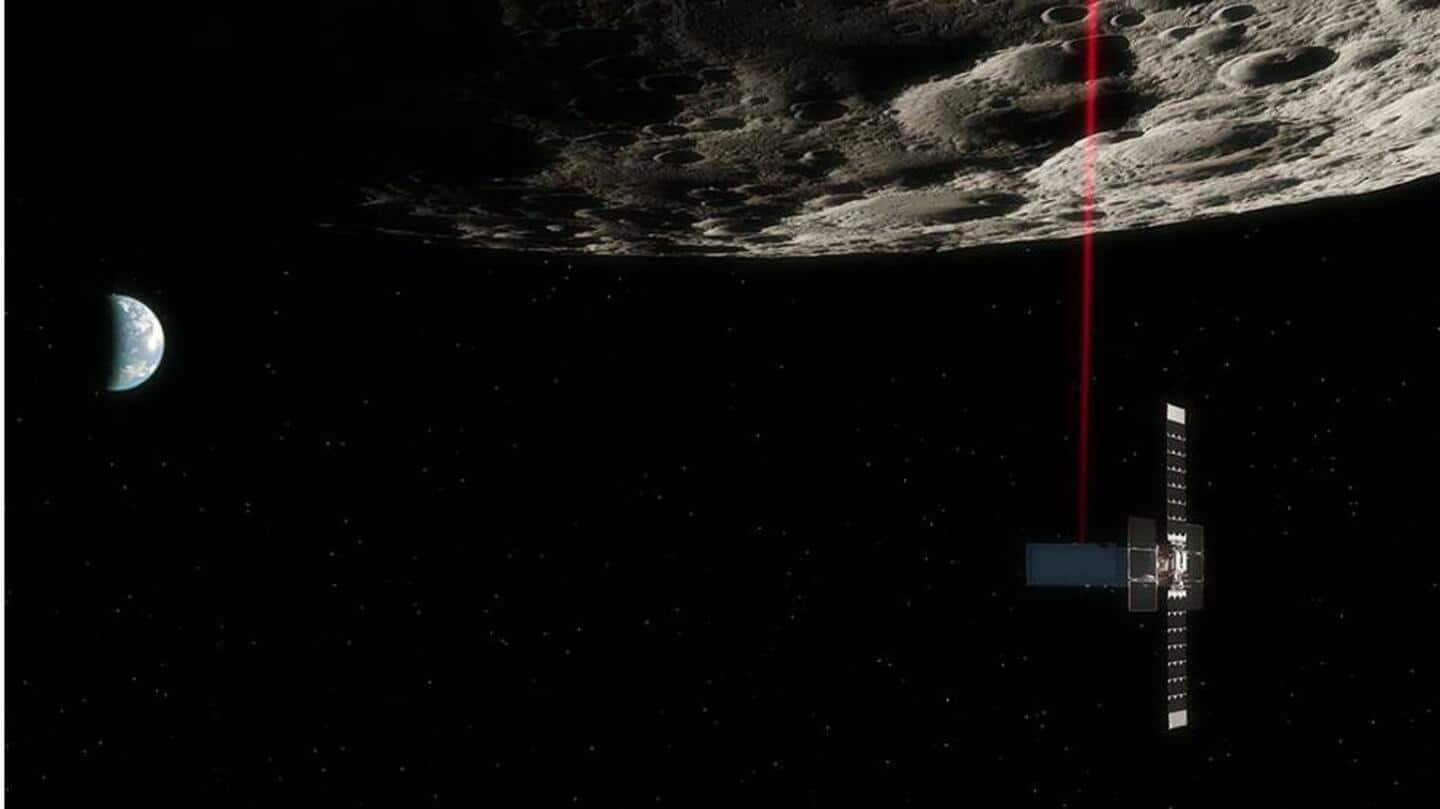
NASA's briefcase-sized CubeSat will help find water on the Moon
What's the story
NASA's Lunar Flashlight, a 14kg CubeSat, will help find unseen water ice on the Moon. It is the first mission to use a four-laser reflectometer to look for water in the permanently shadowed regions at the Moon's south pole. The CubeSat will take off on SpaceX's Falcon 9 rocket from the Cape Canaveral Space Force Station at 3:37 am ET (2:07 pm IST) today.
Context
Why does this story matter?
Lunar Flashlight is a technology demonstration mission. It will be the first to test active laser spectroscopy, involving multiple colored lasers, to look for water ice beneath the lunar regolith, which comprises broken rock and dust. The data collected by Lunar Flashlight will be combined with other lunar missions to map the distribution of water ice on the lunar surface.
Principle
How will active laser spectroscopy help in detecting water?
The reflectometer works by using near-infrared wavelengths which are instantly absorbed by water. If the light is absorbed, it would indicate that the lunar region contains ice. Higher absorption of light implies that there might be more ice on the lunar surface. But if the lasers hit bare rocks, the light will be reflected back to the spacecraft, implying that there is no ice.
Mission
Flashlight will join CAPSTONE in the near rectilinear halo orbit
Being a small CubeSat, Lunar Flashlight will only carry a limited amount of fuel and hence cannot be sent to fuel-intensive orbits. It will dock at the near-rectilinear halo orbit and will join the Cislunar Autonomous Positioning System Technology Operations and Navigation Experiment (CAPSTONE) which was the first to arrive at this orbit. Flashlight will make its closest approach 15km above Moon's South Pole.
Fuel
Flashlight will be fueled by a "green propellant"
Lunar Flashlight will be the first interplanetary spacecraft to be powered by a "green propellant" which will enable the spacecraft to travel longer distances and operate longer. Additionally, this type of fuel is safer to transport and requires minimal personal protective equipment such as goggles, lab coats, and gloves. It is also easier to store than commonly used propellants such as hydrazine.
Deployment
The mission's duration could be altered depending on fuel capacity
Approximately 50 minutes after launch, Lunar Flashlight will deploy from its parent Falcon 9 rocket. It would take roughly three months for the spacecraft to reach its target near-rectilinear halo orbit. It will make 10 orbits around the Moon during its eight-month-long primary mission, but the duration largely depends on the amount of fuel available.
Information
Ongoing lunar missions will pave the way for future endeavors
"The launch of Lunar Flashlight, along with the many small satellite missions aboard Artemis 1 may form the foundations for science discoveries as well as support future missions to the Moon's surface," said Roger Hunter, program manager of Small Spacecraft Technology.